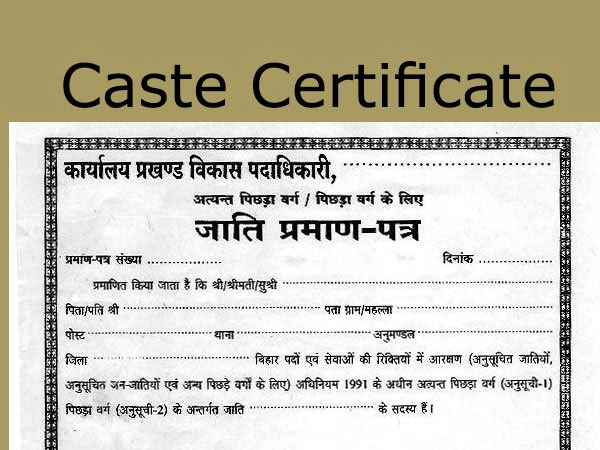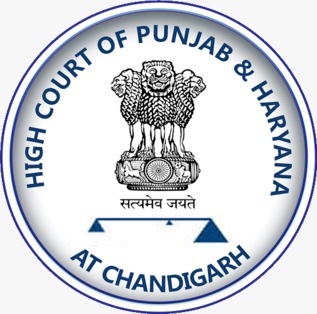Suresh Kait, J.@mdashThe present petition is filed against the order dated 24th October, 2005, in OA No. 819/2005, and order dated 19th April, 2006, in RA No. 27/2006 passed by the Central Administrative Tribunal, Principal Bench, New Delhi.
2. The Respondents herein filed OA No. 914/2008 which was dismissed on the ground of limitation vide order dated 15th June, 1999 relying on the judgment of the Hon�ble Apex Court in the matter of
3. The Respondents filed fresh OA No. 819/2005 after a gap of more than three years from the date of disposal of the MA and more than 4 � years after the cause of action actually arose, challenging the order dated 26th December, 2000, passed in compliance of directions in OA No. 914/1998 dated 1st August, 2000. The Petitioner herein, contested the above said OA and raised the objection on limitation and informed that vide PS No. 7716-A the power of engagement of casual labours by the Divisional Superintendents (now Divisional Railway Managers) stood withdrawn from 3rd January, 1981, and any engagement of casual labour, without approval of the General Manager, after 3rd January, 1989, by any person, was declared to be bad in law.
4. The Petitioner herein, also denied that the Respondents worked under PW-1/NDLS for 223 and 140 days during the period 1981 to 1982. It was also pointed out that their engagement as casual labour, was also bad in law, in view of the P.S. No. 7716-A. The last strong objection, taken by the Petitioner that the Respondents did not produce the casual labour card and other relevant documents in original. After a gap of 24 years, chances of impersonation cannot be ruled out. While, passing the order dated 26th December, 2000, by the Petitioner, explained with reason why the claims of Respondents herein, could not be accepted. The Tribunal considered the matter, and decided vide order dated 24th October, 2005, in view of the judgment of the High Court in Shish Pal Singh and Ors. v. Union of India and Ors. reported as 2000(1) ATJ 153 that cause of action is a continuous one and hence the Petitioner was not barred by time. The Petitioner herein, being aggrieved by the order dated 24th October, 2005, filed RA No. 27/2006 in OA No. 819/2005, citing the earlier decision of the Coordinate Bench of the Tribunal in OA No. 1806/2004 dated 6th October, 2004, in a similar case pertaining to Moradabad Division of the same department. Vide order dated 19th April, 2006, RA No. 27/2006 was dismissed while relying upon the judgment of the Hon�ble Supreme Court reported in 2003(2) SC SLJ 35, also reported in 2002 SCC L & S 756 on the ground that there would be no grievance in ground adduced having been considered by the Tribunal. The CAT accordingly, dismissed the Review Application observing that the Respondents have not brought any material to indicate any error apparent on the face of record or discovery of any new material.
5. The Petitioner relied on the instruction under P.S. No. 7716-A dated 3rd January, 1981 Annexure R-1 of the reply filed in OA and the same is Annexure P-4 in the present writ petition, which is as follows:
In partial modification of the Board�s instructions contained in their letter No. E(NG)II/77 C.L/46 dated 27.02.1978 circulated under this office letter of even number dated 22.03.1978(PS No. 6963) the Railway Board have decided that the number of men on casual basis already being sizable enough to meet Railways requirement in the field there should normally be no need for fresh intake of candidates. There could only be special situations in limited areas and in that case too intake of fresh casual labours should be resorted to only after obtaining prior approval of the General Manager. With the issue of these instructions the powers of engagement of fresh causal labours with the personal orders of Divl. Supdt. Now Divl. Railways Managers stands withdrawn and it may please be ensure that no fresh casual labours are recruited without obtaining prior approval of the G.M.
The instructions contained in CPO�s D.O. No. E-254/5-pt.2 dated 08.08.1980 to Divl. Railway Managers accordingly stand amended.
6. Against these instructions, the Respondent challenged his engagement sometime in the year 1998 after the gap of 17 years. The rejection order dated 26th December, 2000, was challenged vide MA No. 2271/2001 which was decided on 28th November, 2001, with the direction that it would be proper if Respondents file a fresh OA, if so advised.
7. The Respondent herein, took these directions in a very casual manner and in the first week of April, 2005, he challenged the aforesaid order dated 26th December, 2000, in OA No. 819/2005 that is after a gap of more than three years.
8. In Shish Pal Singh (supra) which has now been over ruled by the Full Bench of this Court vide order dated 7th May, 2002, passed in WP(C) No. 450/2001
7. Even if his contention is accepted to be correct that he made a representation in this behalf as far back as on 24th September, 1987, he should have approached the Tribunal within the period of limitation. Section 21 of the Administrative Tribunal Act provides a period of one year as the period of limitation for filing an Original Application before the Tribunal. The question is as to how, the period of limitation should be counted after an employee has filed a representation came up for consideration before the Apex Court in
22. It is proper that the position in such cases should be uniform. Therefore, in every such case until the appeal or representation provided by a law is disposed of, accrual of cause of action for cause of action shall first arise only when the higher authority makes its order on appeal or representation and where such order is not made on the expiry of six months from the date when the appeal was filed or representation was made. Submissions of just a memorial or representation to the Head of the establishment shall not be taken into consideration in the matter of fixing limitation.
The Full Bench of this Court, also considered the decision of the Apex Court, which is as follows:
9. This aspect of the matter is squarely covered by a decision of the Apex Court in
5. The representation does not give any detail. It is not mentioned if the scheme was given due publicity or not. No explanation is given as to why the Petitioners did not approached till 1990. Nor it is stated if any of the casual labourer of the project were re-employed or not. It is vague and was lacking in material particulars.
6. Two questions arise, one, if the Petitioners are entitled as a matter of law for re-employment and other if they have lost their right, if any, due to delay. Right of casual labourer employed in projects, to be re-employed in Railways has been recognized both by the Railways and this Court. But unfortunately Petitioners did not take any steps to enforce their claim before the Railways except sending a vague representation nor did they even care to produce any material to satisfy this Court that they were covered in the scheme framed by the Railways. It was urged by the learned Counsel for the Petitioners that they may be permitted to produce their identity cards etc., before opposite parties who may accept or reject the same after verification. We are afraid it would be too dangerous to permit this exercise. A writ is issued by this Court in favour of a person who has some right. And not for sake of roving enquiry leaving scope for manoeuvring. Delay itself deprives a person of his remedy available in law. In absence of any fresh cause of action or any legislation a person who has lost his remedy by lapse of time loses his right as well. From the date of retrenchment if it is assumed to be correct a period of more than 15 years has expired and in case we accept the prayer of Petitioner we would be depriving a host of others who in the meantime have become eligible and are entitled to claim to be employed. We would have been persuaded to take a sympathetic view but in absence of any positive material to establish that these Petitioners were in fact appointed and working as alleged by them it would not be proper exercise of discretion to direct opposite parties to verify the correctness of the statement made by the Petitioners that they were employed between 1964 to 1969 and retrenched between 1975 to 1979.
10. In
9. Keeping in view the decision of the Full Bench of this Court and the aforesaid decisions of the Apex Court, we are of the considered opinion that in the cases of this nature, the delay in challenging the order dated 20th December 2000 is fatal. Therefore, the order of CAT dated 24th October, 2005 in OA No. 819/2005 and order dated 19th April, 2006 in RA No. 27/2006 are hereby set aside and writ petition is allowed accordingly. No costs.

